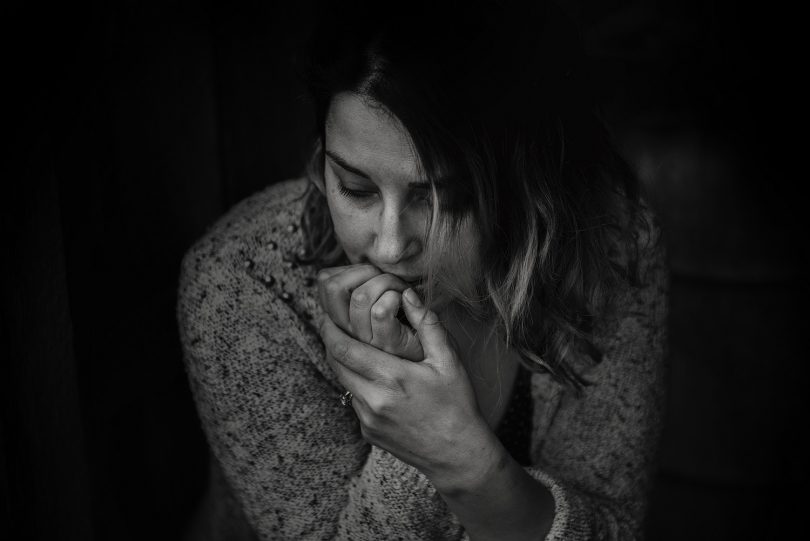The dissonance between what we anticipate should happen and what is currently present.
This article is not to be considered medical advice, if you live with anxiety and find it debilitating please seek help from a licensed mental health professional. The only truth I can share is my own, based on my experiences as someone who lived with anxiety and as a Maturation coach who works with people who also experience anxiety.
Anxiety is commonly defined as a feeling of unease, such as worry or fear, that can be mild or severe. It’s estimated that around 4% of the global population suffer from anxiety, 62% of which identify as female. This makes it the leading mental health issue surpassing the estimated 3.7% of the population who suffer from depression.
It’s fairly normal to experience anxiety periodically in life when facing stressful situations. However, for some people, the estimated 4%, anxiety is so common in their everyday life it becomes debilitating.
Another way to view anxiety is as the dissonance, the difference, between what we anticipate could happen and what we are currently experiencing.
When we imagine or anticipate something in the future it is actually based on a lived past experience. The details and how we envision it might occur could be very different externally, what is replicated is the underlying emotion. As we tend to stay focused on what we are imagining could happen, the thing ‘out there’, we don’t notice that the heightened emotion is familiar to us. That is our blind spot.
Most ‘solutions’ to anxiety today are tools to help manage heightened emotions, such as fear, terror, anger, or sadness as if it was only in the present and potential future. What we are often missing is that the reason this emotion has been activated or triggered so easily is because it is always, already within us. It is often a suppressed emotion caused by a difficult experience in early childhood, causing an emotion that needs to be felt so it can be released.
If we view emotions as energies in motion within our bodies, we understand that the more we suppress them the harder they become. Like sand compacted into a mould. The only way to dissipate them is to give them space and allow them to fill us up. This makes them less compact, lighter, and easier to navigate.
In a state of anxiety, the mind searches franticly for a valid reason, to feel the suppressed emotion that is always already within us. Anxiety lives in the gap between what is actually happening and the imagined future – the one that would allow us to justify the anger, sadness, and terror we felt as a child and have been carrying within us ever since.
This understanding of emotions helps us to understand that instead of managing anxiety, we can learn to ‘be’ with our suppressed emotions and in time, this will set us free.
Main photo by Kat Smith



